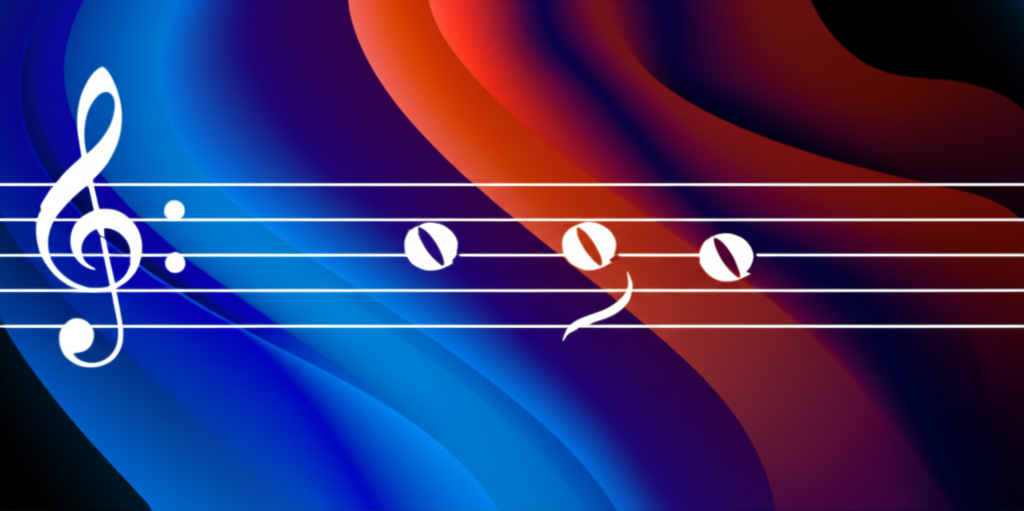The Octatonic Scale: A Comprehensive Guide for Musicians
What is the Octatonic Scale?
Musical Examples
Here are practical musical examples to demonstrate the concepts:


The octatonic scale, also known as the diminished scale, is an eight-note symmetrical scale that alternates between whole steps and half steps. It is a staple in jazz, classical, and modern music due to its unique sound and harmonic possibilities.
Historical Context
The octatonic scale gained prominence in the late 19th and early 20th centuries, particularly in the works of composers like Debussy, Stravinsky, and Bartók. Its symmetrical nature made it a favorite for creating tension and dissonance in classical compositions.
Technical Construction
The octatonic scale can be constructed in two primary forms:
- Whole-Half Diminished: W-H-W-H-W-H-W-H (e.g., C-D-Eb-F-Gb-Ab-A-B-C)
- Half-Whole Diminished: H-W-H-W-H-W-H-W (e.g., C-Db-Eb-E-F#-G-A-Bb-C)
Practical Applications
The octatonic scale is widely used in:
- Jazz: Over diminished chords and altered dominants
- Classical: For dramatic and dissonant effects
- Rock and Pop: In solos and riffs for a unique sound
Progressive Exercises
Here are some exercises to master the octatonic scale:
- Play the scale ascending and descending in all keys
- Practice arpeggios based on the scale
- Improvise over a diminished chord progression
Common Usage in Music
The octatonic scale appears in various genres:
- Classical: Stravinsky's "Petrushka"
- Jazz: John Coltrane's "Giant Steps"
- Rock: Van Halen's solos
Musical Examples
Here is a common chord progression using the octatonic scale:
Cdim7 - Ddim7 - Ebdim7 - F#dim7
Improvise over this progression using the C whole-half octatonic scale.
